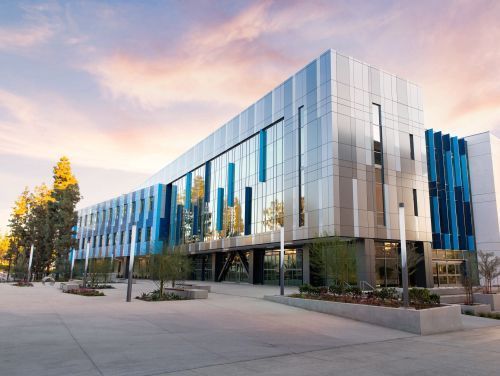29 July 2022
Building Regulation Changes to Improve Energy Efficiency
Building Consultancy, ESG & Sustainability
Important changes to Building Regulations have now been introduced as a further step towards meeting 'zero carbon' targets for 2050. These changes effect Part L, which governs the thermal performance of a building, Part F, dealing with ventilation, and the introduction of the new Part O, which deals with overheating of buildings. The changes are all interlinked. As buildings become better insulated and more airtight, then overheating and ventilation become a more important consideration, heightened by the recent UK heatwave and the likelihood of temperatures continuing to rise.

These changes, of course, will require more upfront work in terms of demonstrating compliance, with building designs and specifications likely to evolve to fit in with new regulations. Buildings will not be getting any cheaper, but they should be better performing - if the works are undertaken correctly.
In summary, the changes will cover:
Primary Energy Source
Part L now includes a new measure of performance - the primary energy source. The type of energy used in a building now has a much higher weighting within the calculation of SAP assessments. Government has also changed the weighting of electricity, due to the increase in renewable energy sources (e.g. wind power). If using gas appliances, it will be very challenging to pass SAP for new homes.
There appears to be a bias towards Heat Pump technology. However, do note that efficacy is dramatically affected by the thermal qualities of the building fabric. There are also a whole host of alternate options, with new products coming to the market regularly.
Thermal Performance of Building Junctions (aka thermal bridging)
Psi values are the measure of heat loss, for a meter length between two thermal elements, such as a wall and a floor. We will now need to demonstrate the psi values for junctions in a building. In most cases, the component parts of a wall or floor build-up vary widely. So, standard junctions and psi values are difficult to find.
Air Tightness
The level of air tightness is increasing, and all new flats or houses must be tested, not just a representative few, as before. Effective and practical detailing will be critical to achieving these tighter requirements and builders may require guidance on how to achieve the required standards.
Overheating
Overheating is now a consideration under the building regulations. There is a 'simple' method for compliance, but this may impact on the appearance of a building. For anything which does not 'fit' the simple standard, a thermodynamic model will be required - a model which maps the internal temperatures of a design, across the seasons.
Ventilation
As air tightness and overheating become more of a focus, ventilation strategies are adjusting accordingly - 'airtight, vent right'. Ventilation rates are generally increasing, as buildings become less 'leaky'.
Thermal Mass
The thermal mass of building fabric is now a consideration. Thermal mass is the ability to retain energy, within the fabric of a building and can help to balance internal temperatures. In practical application for example, some insulation materials have a higher thermal mass than others, and this may influence specification choices.
For more information and to discuss your requirements, please contact our Building Consultancy team.




